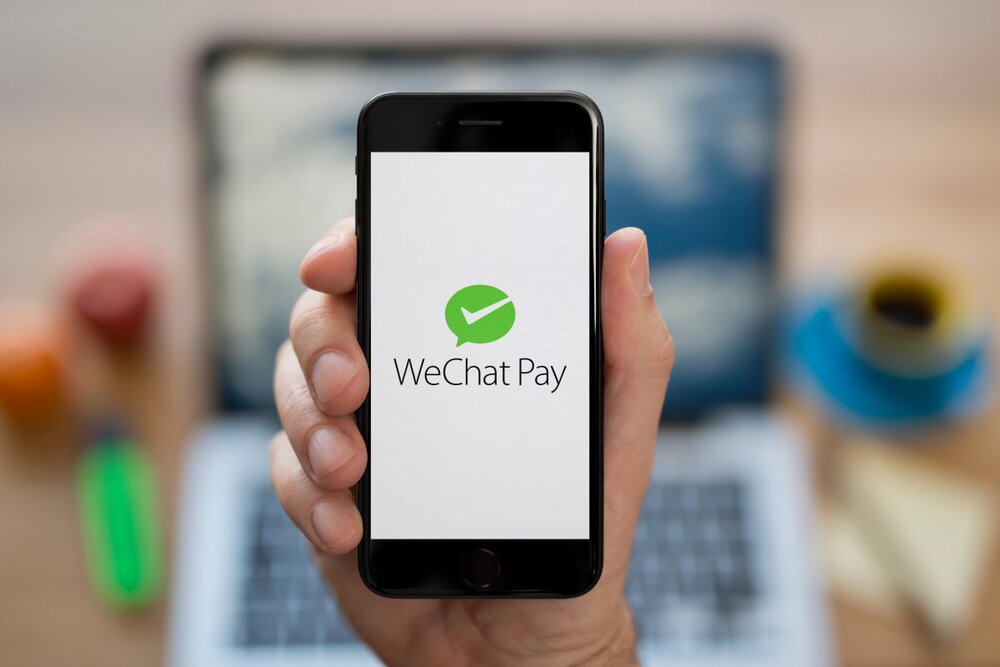
Reviews the performance of major mobile wallets like Apple Pay and Samsung Pay.Measures mobile wallet user engagement by forecasting mobile payments' share of their annual retail spending.Forecasts the growth of US in-store mobile payments volume and users through 2020.This strategy has been proved successful in China with platforms like WeChat and Alipay. Other potential add-ons, like in-app, in-browser, and P2P payments, will also start fueling adoption. Consumers are showing interest in wallets with integrated loyalty programs.


We expect volume to pick up significantly by 2020, reaching $503 billion. In our latest US in-store mobile payments forecast, we find that volume will reach $75 billion this year.Here are some key takeaways from the report:
#ANDROID LAUNCH WECHAT PAYMENT ANDROID#
But as loyalty programs are integrated and more consumers rely on their mobile wallets for other features like in-app payments, adoption and usage will surge over the next few years.Įvan Bakker, research analyst for BI Intelligence, Business Insider's premium research service, has compiled a detailed report on mobile payments that forecasts the growth of in-store mobile payments in the U.S., analyzes the performance of major mobile wallets like Apple Pay, Android Pay, and Samsung Pay, and addresses the barriers holding mobile payments back as well as the benefits that will propel adoption. Mobile payments are becoming more popular, but they still face some high barriers, such as consumers' continued loyalty to traditional payment methods and fragmented acceptance among merchants. That could be mitigated by wider overseas WeChat Pay acceptance. It could also help WeChat Pay keep its customers loyal to the mobile wallet over payment cards - customers frequently use China UnionPay cards abroad where mobile wallets are unavailable. Giving WeChat Pay’s large user base in China the opportunity to continue using the wallet abroad could increase volume for Japanese merchants.Īnd the expansion has key benefits for Tencent and WeChat Pay. Launching in Japan gives WeChat Pay access to more markets, which then provides the firm with a wider net of merchants to capture volume from when WeChat users leave China.

But the potential volume that may come from WeChat’s large user base could be the biggest draw for merchants. 25% of all visitors to Japan are Chinese, and that group spent 1.4 trillion yen ($13.1 billion), representing 40% of consumption by foreigners, in 2015, according to Nikkei.The firm hopes to attract Japanese retailers by offering them incentives, like advertising and customer discounts through Hotto Link on WeChat, or easier acceptance on Chinese e-commerce sites, according to Nikkei.The program could be popular because Chinese tourists frequently visit and spend high amounts of money in Japan. For context, WeChat Pay has already expanded to Indonesia, Singapore, and Thailand. Tencent hopes that the new partnership can increase WeChat Pay's limited Japanese footprint to 10,000 stores by the end of 2016 and 20,000 stores as soon as possible, according to Nikkei Asian Review. To learn more and subscribe, please click here.Ĭhinese e-commerce giant Tencent partnered with Japanese social data provider Hotto Link to ramp up the expansion of WeChat Pay, the payment service linked to its WeChat messaging platform, in Japan, according to Reuters. This story was delivered to BI Intelligence " Payments Briefing" subscribers. Account icon An icon in the shape of a person's head and shoulders.


 0 kommentar(er)
0 kommentar(er)
